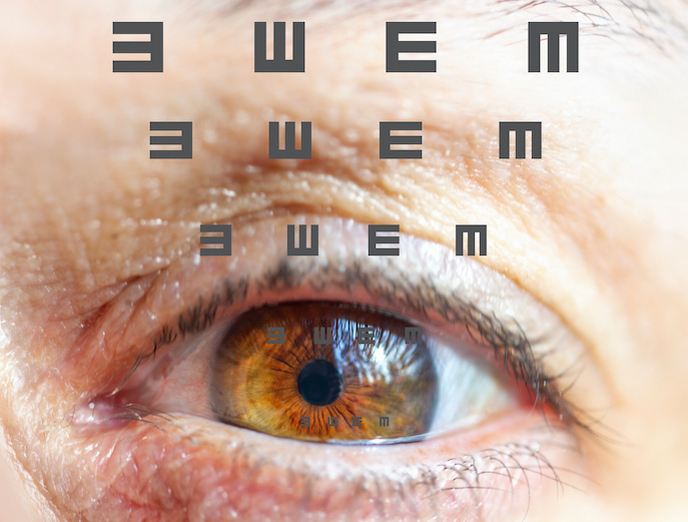Slow release device targets treatment of eye conditions
Age-related macular degeneration (AMD) is an eye disease that can blur sharp, central vision. The condition affects a part of the eye called the macula, located at the centre of the retina. There are two types of AMD(opens in new window) – the dry type and the less frequent wet type. “AMD is a leading cause of vision loss for people aged 50 and older,” explains BlueDot project coordinator Ron Hadani, chief business development officer of MicroSert(opens in new window), Israel. “While the condition does not cause complete blindness, losing your central vision makes it harder to drive, recognise faces, carry out close-up work like cooking or fix things around the house.” The number of people living with macular degeneration is expected to reach 196 million worldwide by the end of 2020, and increase to 288 million by 2040. Currently, the most common and effective clinical treatment for wet AMD is anti-vascular endothelial growth factor (VEGF)(opens in new window) therapy, which prevents the growth of blood vessels under the retina. This is done by inserting a syringe needle directly into the eye, thereby directly injecting a therapeutic anti-VEGF drug. Although invasive, the technique results in relatively predictable drug delivery. However, there are complications associated with this method, including inflammation and intraocular pressure(opens in new window), which can lead to glaucoma(opens in new window). Patients also require monthly injections that must be repeated, because the eye’s natural protective mechanisms work to purge the eye of medication. This means drugs with large molecules that stay longer in the eyeball are required.
Innovative device implants
Israeli start-up MicroSert has developed an innovative solution to these challenges and shortcomings – an implantable and refillable reservoir-type device that delivers long-lasting drug release. The device, called BlueDOT, can be implanted without the need for incision and configured to suit individual patient profiles. “The idea is to eliminate many of the side effects and limitations associated with injections, and to reduce the number of treatments that AMD patients require,” says Hadani. “This is achieved by maintaining a constant therapeutically relevant concentration of the drug within the eye for an extended period of time.” Within 2 years following implantation, medical staff can decide to extend the treatment further and refill the implant. The EU-funded BlueDot project enabled the firm to check final product specifications, and to establish a sound business development plan ahead of commercialisation. A full analysis of the technical potential of the BlueDOT innovation was also carried out.
Flexible therapeutic solution
MicroSert is now working closely with pharmaceutical companies to ensure that the BlueDOT device is fine-tuned to each specific drug and adjusted to a desired release profile. “We developed a ‘track’ capable of carrying many types of ‘cargo’ directly to the site that needs to be treated,” adds Hadani. “This means that our device will be able to deliver many different drugs for a variety of eye conditions, not just AMD.” In the long term, Hadani believes that BlueDOT will replace current monthly eye injections and become a new standard of ophthalmic care. “The technique will greatly improve patient quality of life by allowing them to live more independently. For ophthalmologists, this means being available for other procedures,” says Hadani. MicroSert expects to achieve revenues above EUR 100 million 5 years after commercialisation. The company has already secured the interest of three major pharmaceutical companies for their innovative technology.







